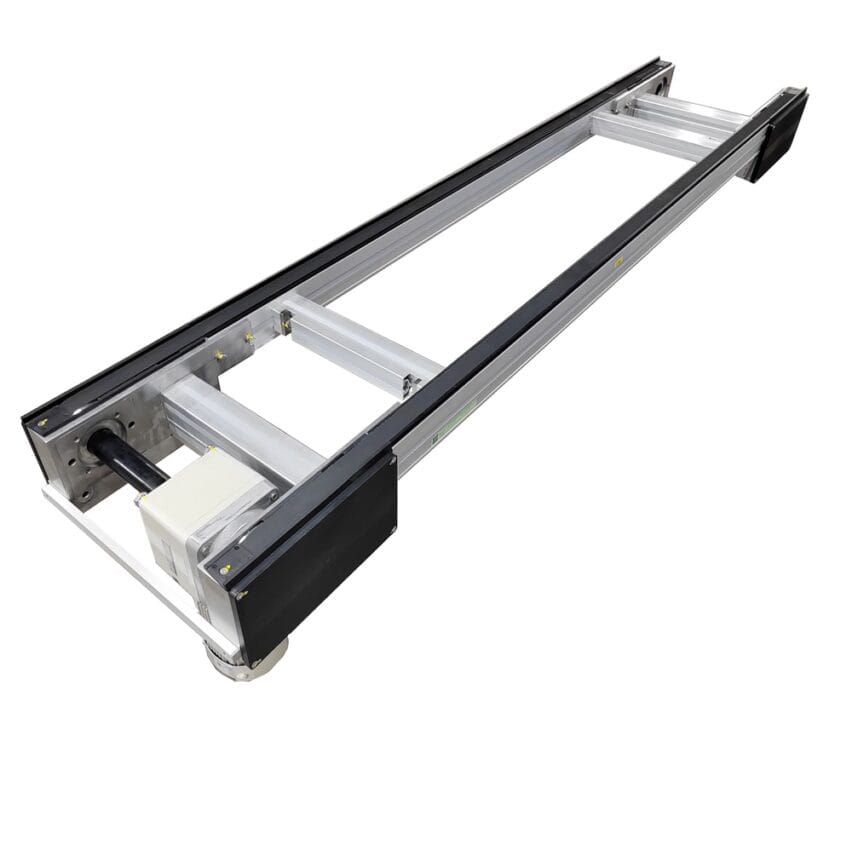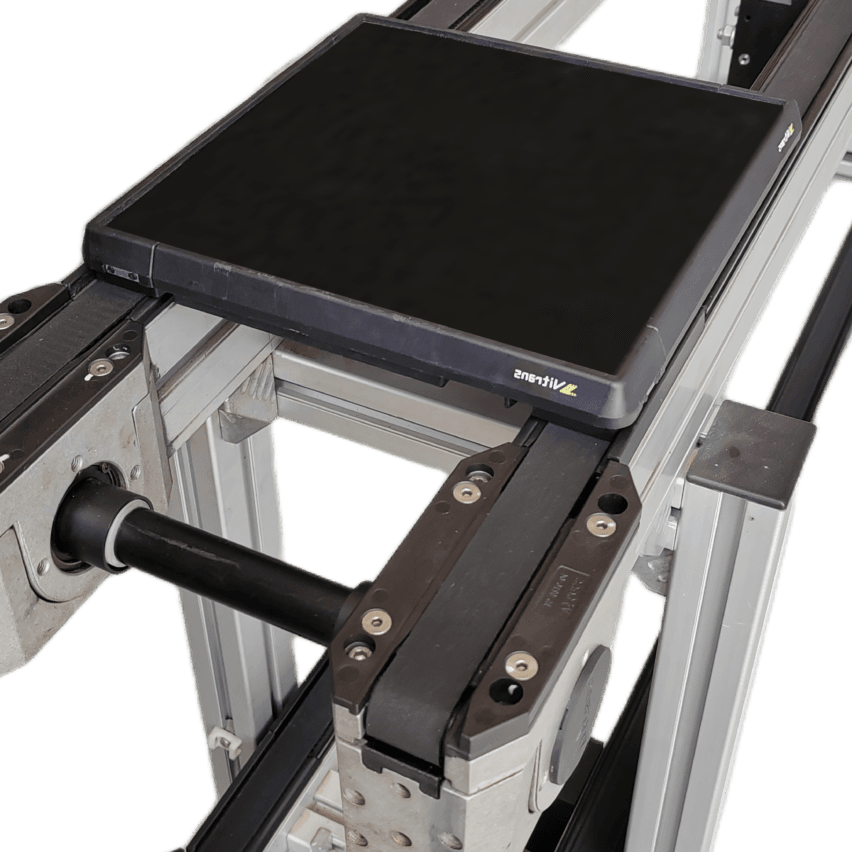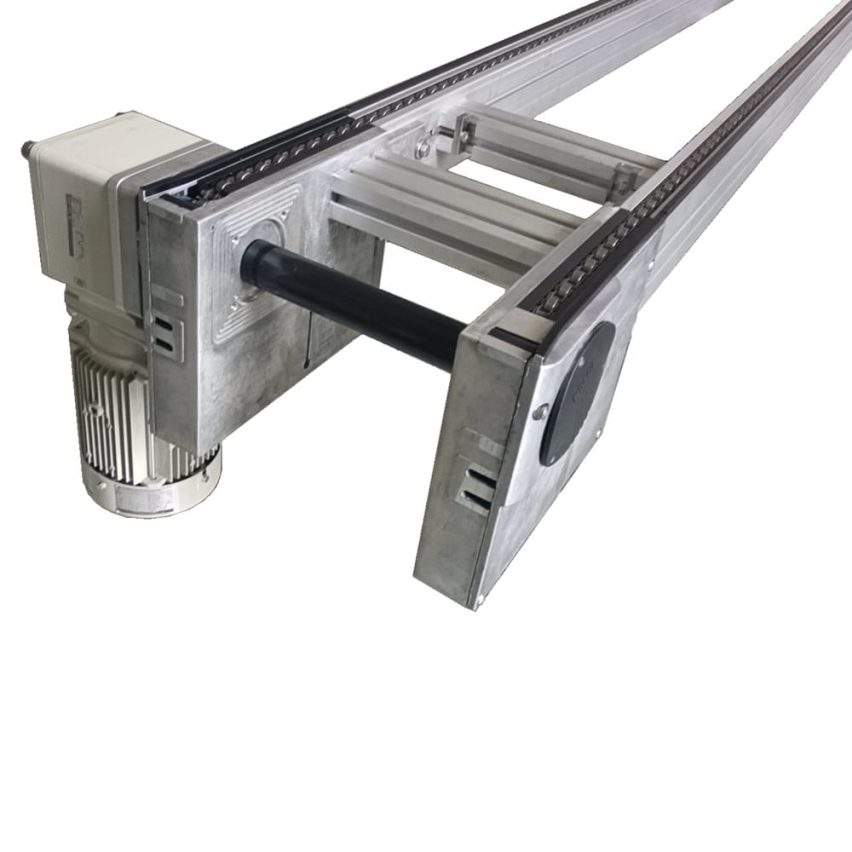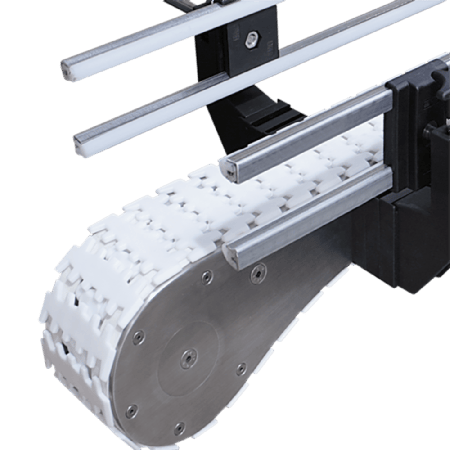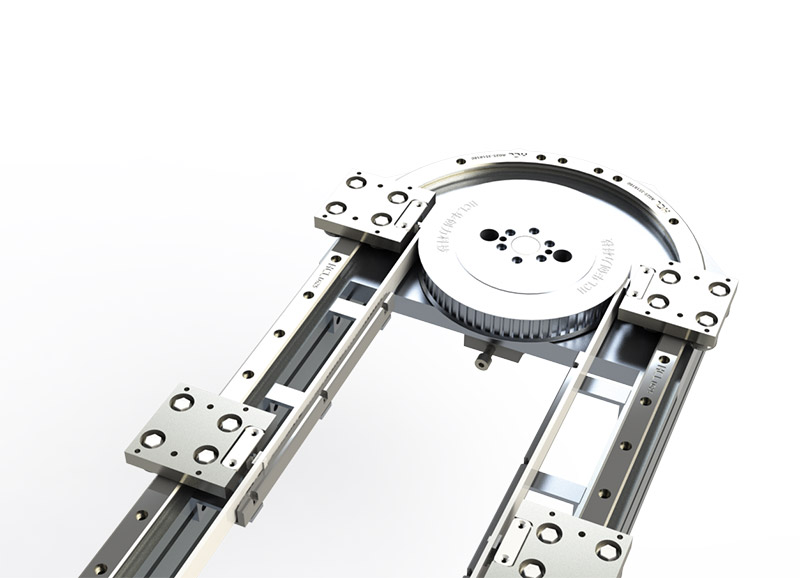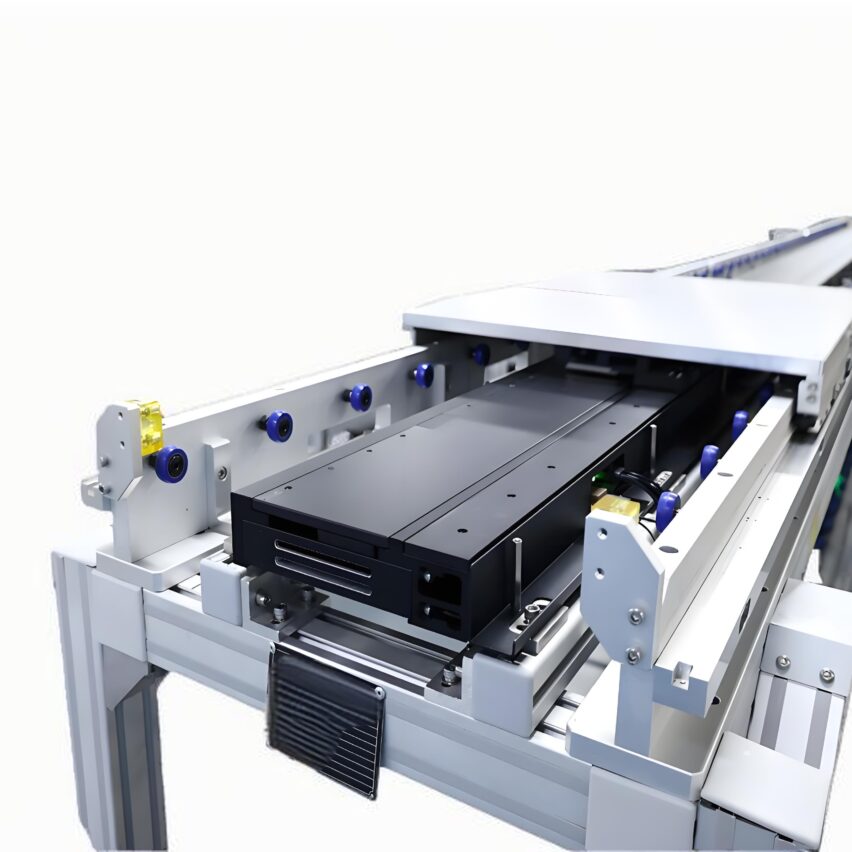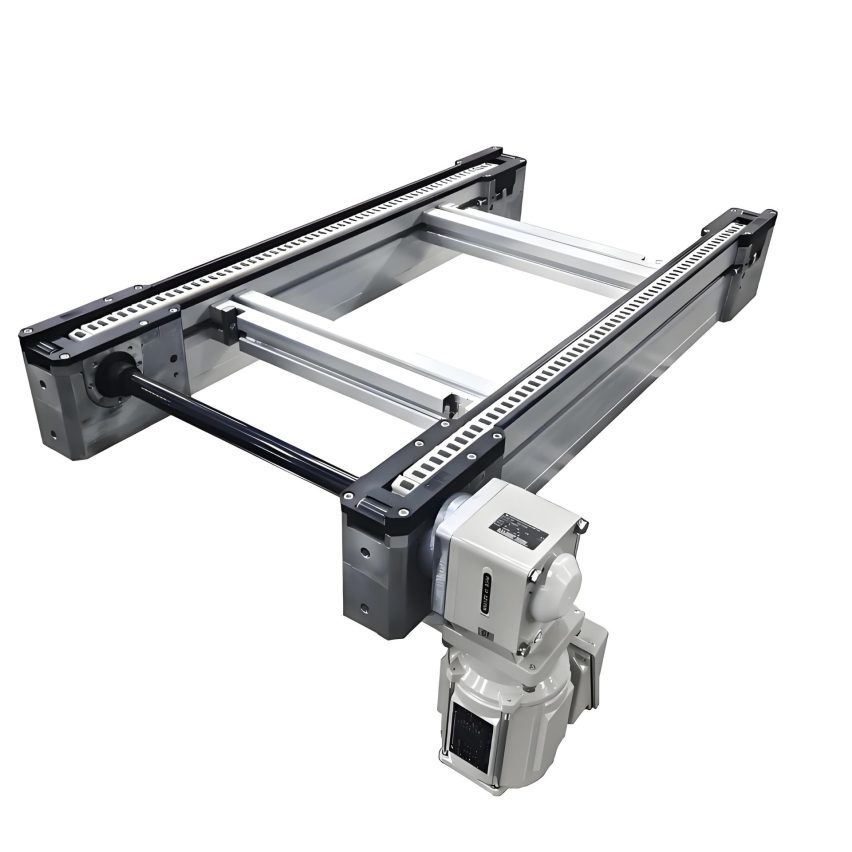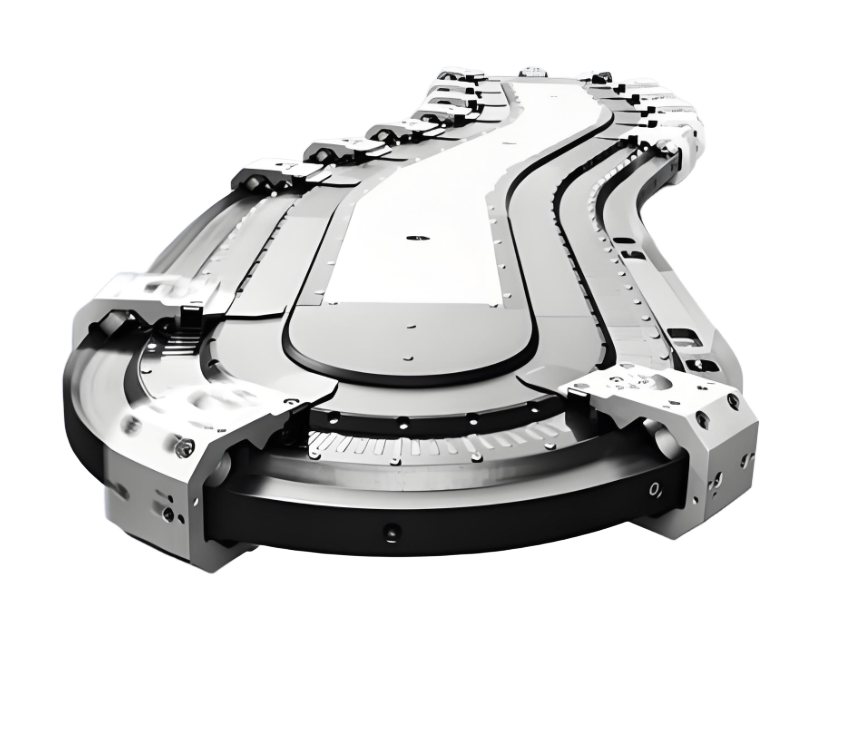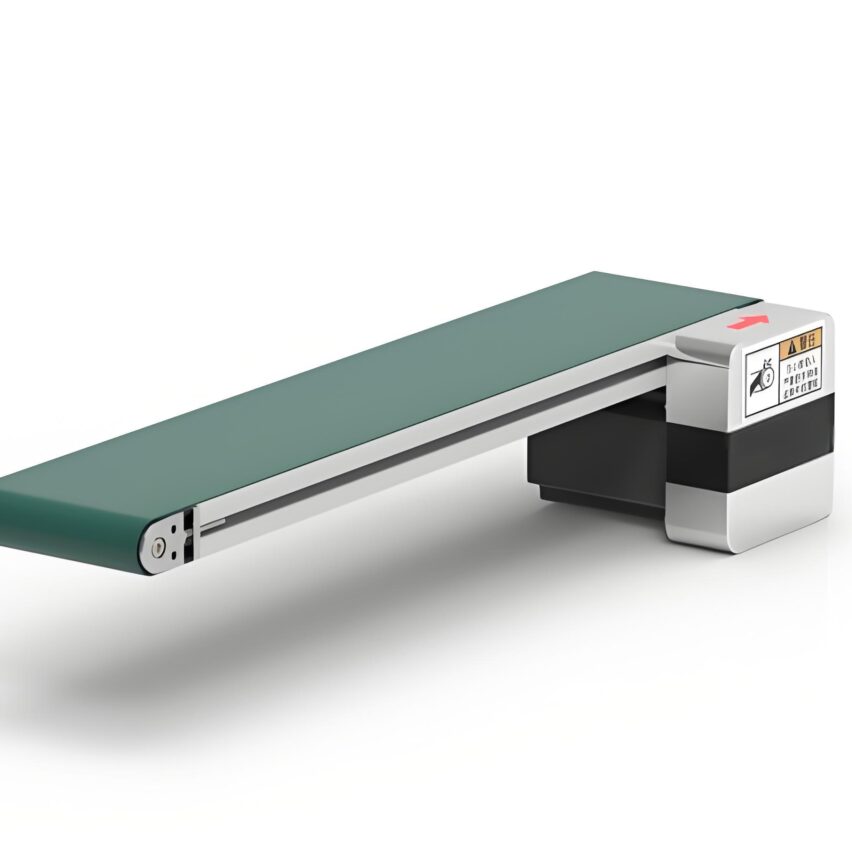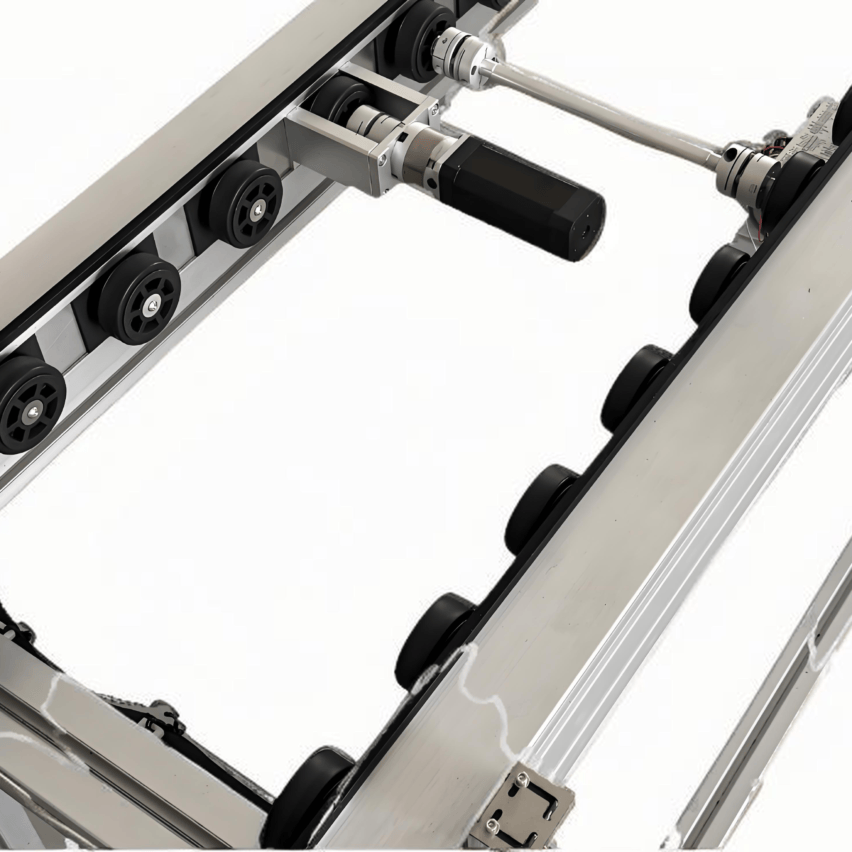One.The Differential Principle: An Efficiency Leap for Mechanical Intelligence
The core of the single layer speed multiplier line is the "slow chain, fast plate" differential speed design.. When the chain is running at a low speed of 2-20 m/min, the work plate can actually reach 2.5-3 times the speed of the chain due to the friction difference between the rollers and the guide. This mechanism relies on three sets of precision synergies:
- Composite Roller Chain: The diameter of the engineering plastic roller is larger than the pitch of the chain links, forming a lever-type incremental pivot point;
- Friction Slip Control: Controllable slip is retained between the work plate and the rollers to achieve ±0.5mm accurate stopping with the stopper;
- circular one-piece layout: Single-layer closed-loop construction eliminates the plate return mechanism of the double-layer system, reducing the number of failure points by 30%.
personal viewpoint: This design is in factThe art of temporal displacement of mechanical energy--The exchange of low-speed chain for high-speed work plate not only reduces transmission loss, but also resolves the space and cost constraints of small and medium-sized enterprises through a minimalist structure, which can be called an engineering model of "exchanging structure for efficiency".
Two.Structural design: the dance of modularity and reliability
1. The pragmatism of minimalist architecture
- Modular Rapid Deployment: Standard interfaces are used for guide rails and chains, reducing the cycle time for line modification to 3 days, and supporting seamless integration with roller lines and jacking translators;
- Flexible Adaptation of Accumulation Functions: Blocker for workpiece staging, allowing asynchronous manual inspection and precision assembly;
- Lightweight load optimisationNylon/Carbon Fibre rollers with a load capacity of up to 80kg/m² cover the needs of 90% light industry.
2. The balancing act of durability and silence
- Low noise operation (≤70 dB): Engineering plastic roller with aluminium alloy guide rail, friction coefficient is controlled within 0.08;
- Anti-Aging StrategiesNickel-plated chain plate with 3 times higher corrosion resistance, more than 50,000 hours of life in dust-free environment, and 40% lower maintenance cost.
typical case: After adopting a single-layer chain in an electronic factory in Shenzhen, the failure rate dropped by 60% and the maintenance manpower was reduced by 50%.
Three.Performance parameters: data defining competitiveness in light industry
| norm | Single layer speed multiplier chain | Industry reference values |
|---|---|---|
| Line length | Single drive up to 40m | Double layer needs to be driven in sections |
| Conveying speed | 2-20m/min stepless speed regulation | Triplex chain fixed magnification only |
| Dynamic positioning error | ±0.5mm (servo-controlled) | Belt line ≥ 2mm |
| Initial input costs | $20,000-$80,000 | Double layer system $100,000 - $200,000 |
Exclusive validation data: 83% daily output <800 pieces of enterprises in East China after the adoption of single-layer chain, ROI reaches more than 200%.
Four.Application Scenario: Gold Partner for Light Industry
1. Electrical and electronic assembly
- High-speed and high-precision conveying: The tooling board matches the circuit board soldering at 15m/min and the anti-static design safeguards sensitive components;
- Spatial adaptabilityHeight adjustable range of 500-1000mm, suitable for small and medium-sized plant floor height restrictions.
2. Clean food and medical production
- Hygiene Compliance: Stainless steel is GMP certified and resistant to alcohol wiping and 135°C steam sterilisation;
- Debris rate control: Smooth conveyance of the work plates reduces the glassware fragmentation rate to less than 0.3%, far exceeding that of belt lines.
Industry Insight: When capacity demand is <1000 pcs/day, the marginal benefits of single-layer chains crush complex systems -Avoiding paying for redundant features is the essential logic of lean manufacturing.
Five.Future Evolution: The Double Revolution of Intelligence and Materials
1. Intelligent Enabling Pathways
- Predictive maintenance: Tension sensor + AI algorithm warns of link fatigue 14 days in advance to reduce unplanned downtime;
- Dynamic traceability: RFID chip integration for full process tracking of tooling boards and MES system to optimise scheduling beats.
2. Material science breakthroughs
Carbon fibre rollers exceeded the load limit of 120kg/m² in the test, with a weight reduction of 30% compared with engineering plastics and a further reduction of 15% in energy consumption.
Exclusive Predictions: Single-layer chains will reach 601 TP3T penetration in flexible microfactories by 2028, with modular design leading to module recycling rates of over 901 TP3T and carbon footprint reductions of 351 TP3T.
Self-questioning on core issues
Q1: Which companies should most choose single-layer multiplier chains?
"Lightweights" for small- and medium-scale production::
- 3C electronic factories with daily output of ≤1000 pieces (e.g. earphone, charger production line);
- Customised workshops with multiple batches and small quantities (e.g. industrial design proofing centres).
Core logic: avoid paying a premium for equipment that does not meet capacity thresholds and invest capital in core process upgrades.
Q2: How to break the bottleneck of carrying capacity of single-layer chain?
three-stage enhancement strategy::
- Structural innovations: Double-row chain layout upgraded to 160kg/m²;
- Material upgrade: Replacement of steel rollers for heavy-duty scenarios (limit 300kg);
- Intelligent Protection: Overload auto-stop + real-time tension feedback.
Q3: Why is a single-layer chain a "safe springboard" for technology iteration?
Gradual escalation with manageable risk::
- Initial cost savings are used for technical team training;
- Standardised interfaces support subsequent access to AGVs and robotic arms.
Essence: Transform "hard inputs" into "soft power" reserves to match the life cycle of enterprise growth.
exclusive insight: According to the Manufacturing Intelligence Upgrade 2025 report, SMEs adopting modular single-layer chains have a 70% higher success rate of automation transformation than directly procuring high-end systems -The essence of incremental technology iteration is to make efficiency improvements resonate with business growth.

